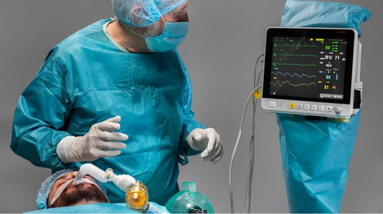
A total artificial heart (TAH) is a surgically implanted device that replaces the function of the human heart in patients with end-stage heart failure. Unlike a ventricular assist device (VAD), which assists the heart’s pumping function, a TAH completely replaces the heart.
The TAH is composed of two artificial ventricles, each with a mechanical pump that is powered by an external power source. The device is connected to the patient’s circulatory system through tubes that are attached to the heart’s chambers.
The TAH is typically implanted as a bridge to heart transplant, allowing patients to survive until a suitable donor heart becomes available. In some cases, the TAH may be used as a permanent solution if a heart transplant is not feasible.
The surgery to implant a TAH is complex and requires a highly skilled surgical team. After the procedure, patients typically spend several weeks in the hospital to recover and to be monitored for signs of complications, such as infection or bleeding. Long-term follow-up care is necessary to ensure that the device is functioning properly and to monitor for potential complications.
While a TAH can be an effective treatment for end-stage heart failure, it carries some risks and potential complications, including bleeding, infection, device failure, and the need for lifelong anticoagulation therapy. The decision to undergo TAH implantation should be carefully considered and discussed with a healthcare provider, taking into account the patient’s overall health, medical history, and other factors.